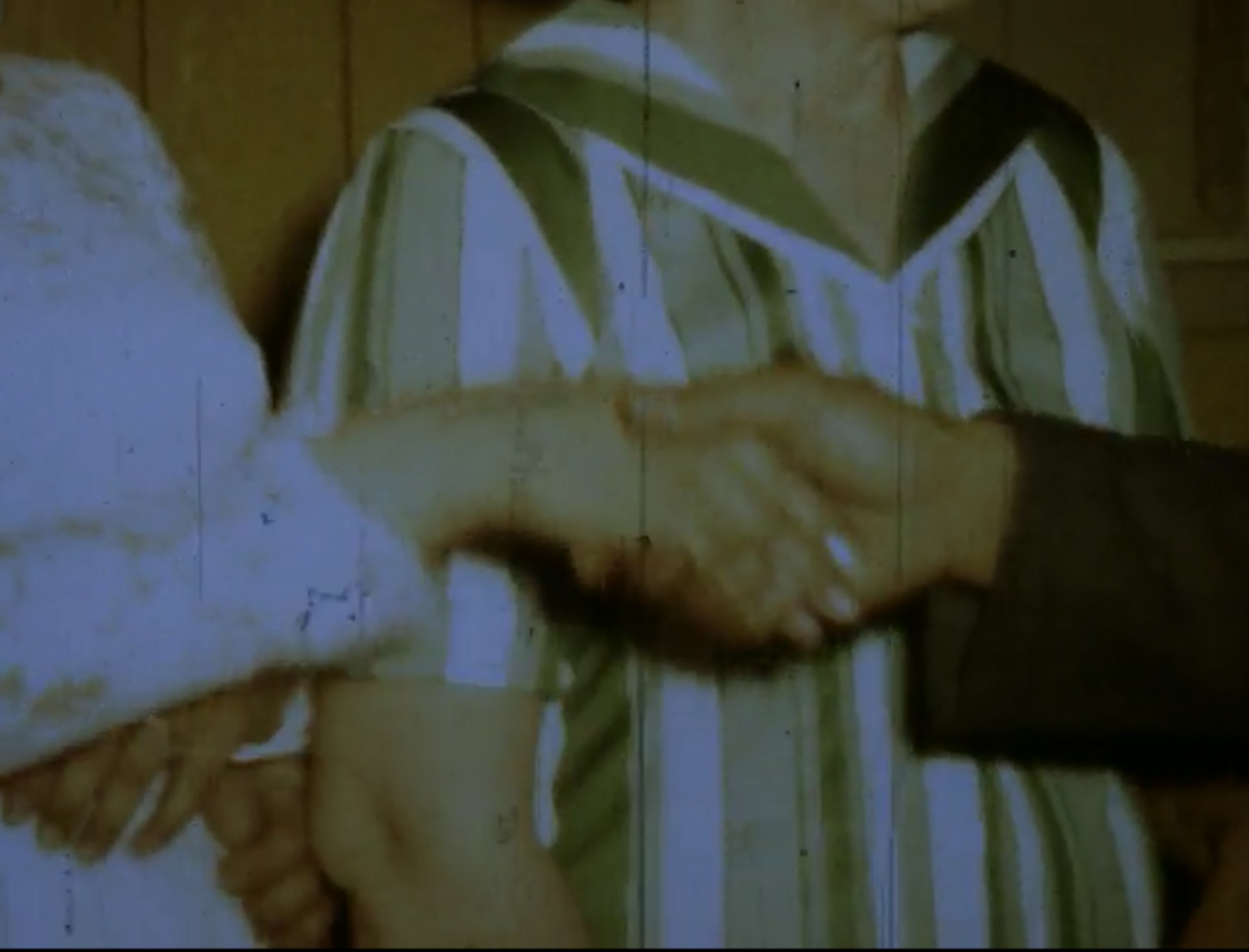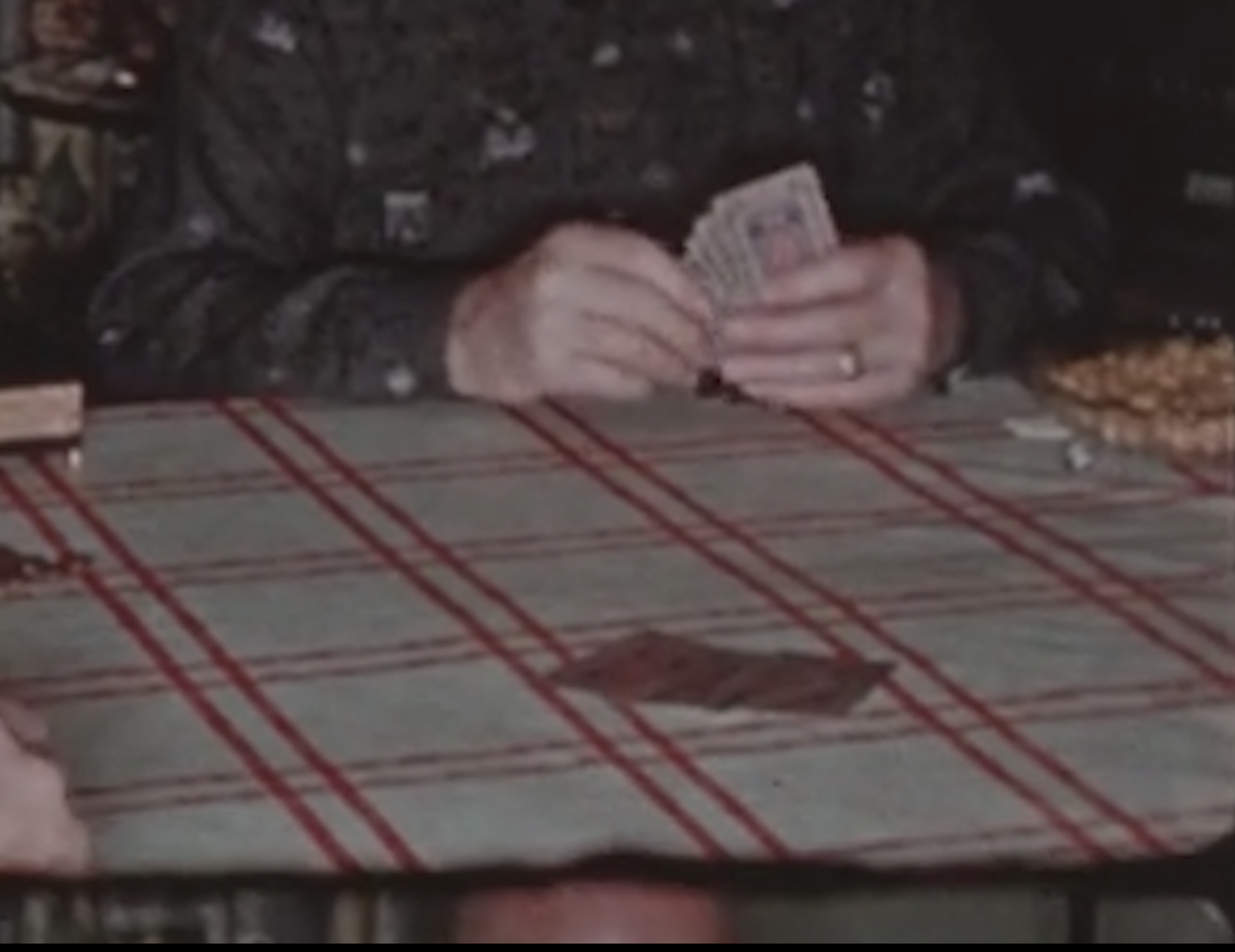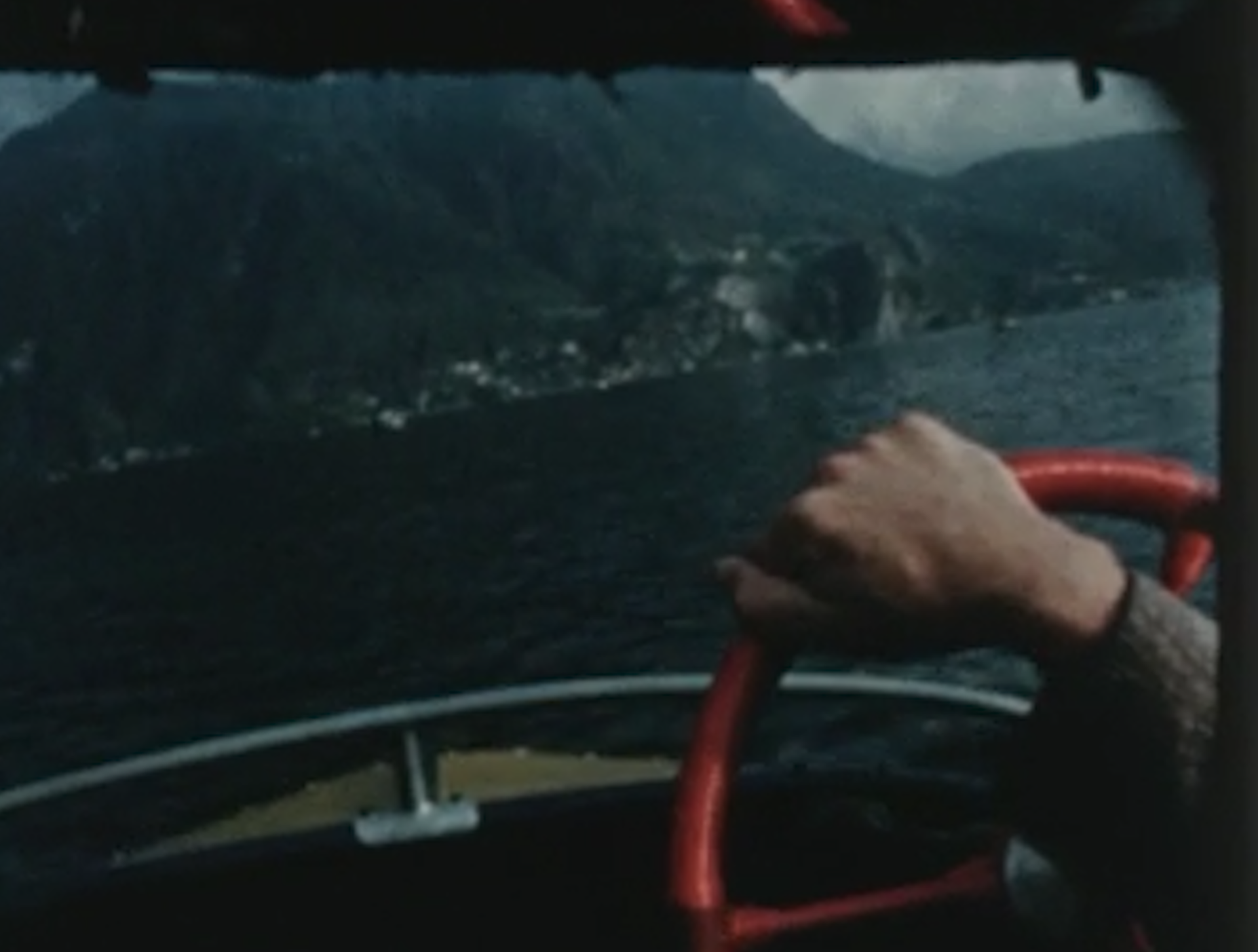This film marks the continuation of my earlier exploration involving hands and archives, titled "A Short Study of Hands in 19th and 20th Century Photographs." The aim remains to underscore the historical significance of what we hold in our hands, alongside delving into the narrative of photographic advancements and the evolution of documentation. Departing from my previous endeavour, the current emphasis is predominantly on moving images, with a special focus on those that can be regarded as "home movies."
The purpose of this film _I dare to say_ is to take the spectators back to their pre-mirror stage. In Lacanian terms, The mirror stage occurs around 6 to 18 months of age, when the infant can view herself in the mirror and recognize her body as a unified figure, rather than floating limbs in space. Through a long exposure to the image of drifting hands, the aim was to invert the structure of subjectivity.
Moreover, the exploration of hands and their interactions with objects/people provides insights into the dynamics of cultural and social models. For example, before the 1970s, It is rare to encounter a reel of home movies belonging to a family of middle-class citizens or ethnic minorities. The majority of the pictures in this period are portraits of affluent white families who could afford to buy 8mm films and cameras. However, things change after the early 70s, the popularity of Super 8 systems and later, the emergence of affordable video cassette recorders. Suddenly we witness the appearance of darker skins in front of the camera, as if they were promoted from still pictures to moving footage. Similar to the previous films, once again I argue that the struggle for documentation (in the highest quality) is a social/economic struggle, in any given period.
Moreover, the exploration of hands and their interactions with objects/people provides insights into the dynamics of cultural and social models. For example, before the 1970s, It is rare to encounter a reel of home movies belonging to a family of middle-class citizens or ethnic minorities. The majority of the pictures in this period are portraits of affluent white families who could afford to buy 8mm films and cameras. However, things change after the early 70s, the popularity of Super 8 systems and later, the emergence of affordable video cassette recorders. Suddenly we witness the appearance of darker skins in front of the camera, as if they were promoted from still pictures to moving footage. Similar to the previous films, once again I argue that the struggle for documentation (in the highest quality) is a social/economic struggle, in any given period.
Production year: 2024
Roles: Director, Editor
Runtime: 24 hours
Digital, 16;9, Silent
Roles: Director, Editor
Runtime: 24 hours
Digital, 16;9, Silent





